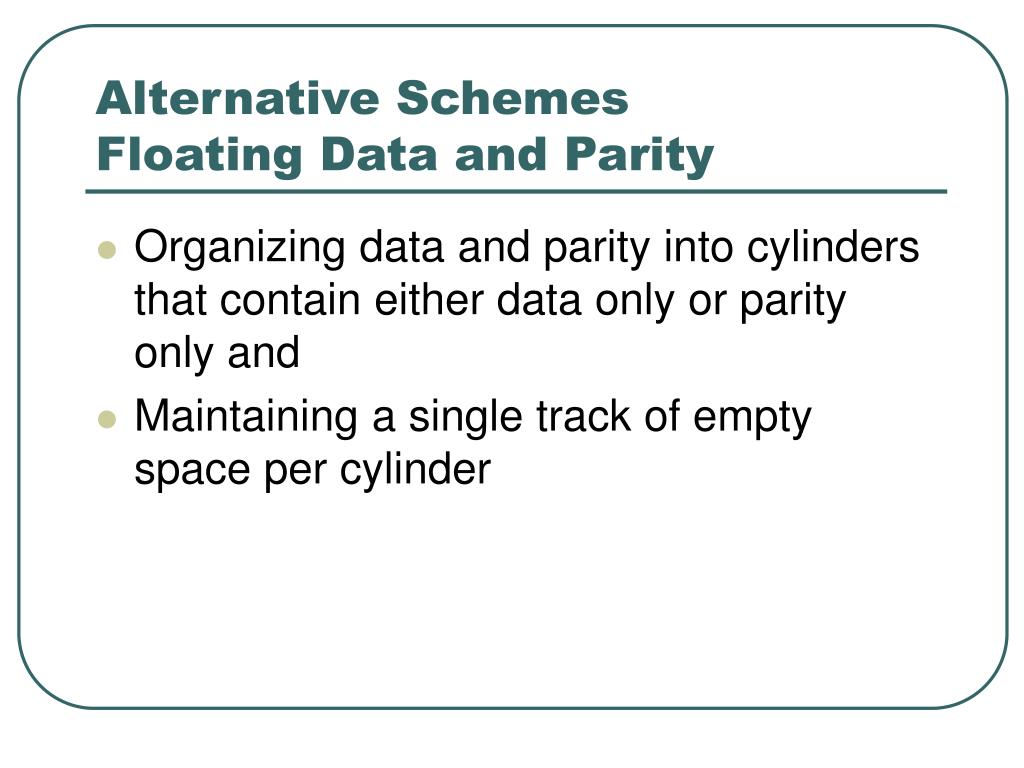
If the file system metadata becomes corrupted, you will still have a very hard time extracting the data from the disk in a meaningful way, even though the fact that the files will not be fragmented will help. ) metadata structures on the disk, which will not be redundant because those file systems aren't designed for redundancy. However, doing so may not be enough, as you'll still be at the mercy of file system (UDF, ISO 9660.

#Data disk archive parity software
Doing mirroring with just two copies of a file also doesn't require any special software in the worst case, you need a simple loop construct that reads from each of the files and puts together the portions that were readable to form a hopefully complete and correct copy of the original file.Īssuming that the files are written contiguously to the disk, putting the two copies alongside each other will mean that two copies of the same data are approximately 2/5 of the disk apart, in terms of storage space, which should protect against most small-scale media corruption such as scratches, fingerprints, etc. The technical term for this is usually "mirroring", although mirroring commonly refers to copies placed on different physical media connected to the same system with properly done changes to one being distributed to all copies automatically. This suggests a simple solution: make a second copy of the data, and put it alongside with the first.


In your case, you are putting less than 2 GB of data onto a media that can hold well over 4 GB. Depending on the amount of parity data and parity algorithms used, it can (or can not) repair certain classes of errors. Parity is used when you want to increase data size by less than the data size but still obtain some degree of redundancy.


 0 kommentar(er)
0 kommentar(er)
